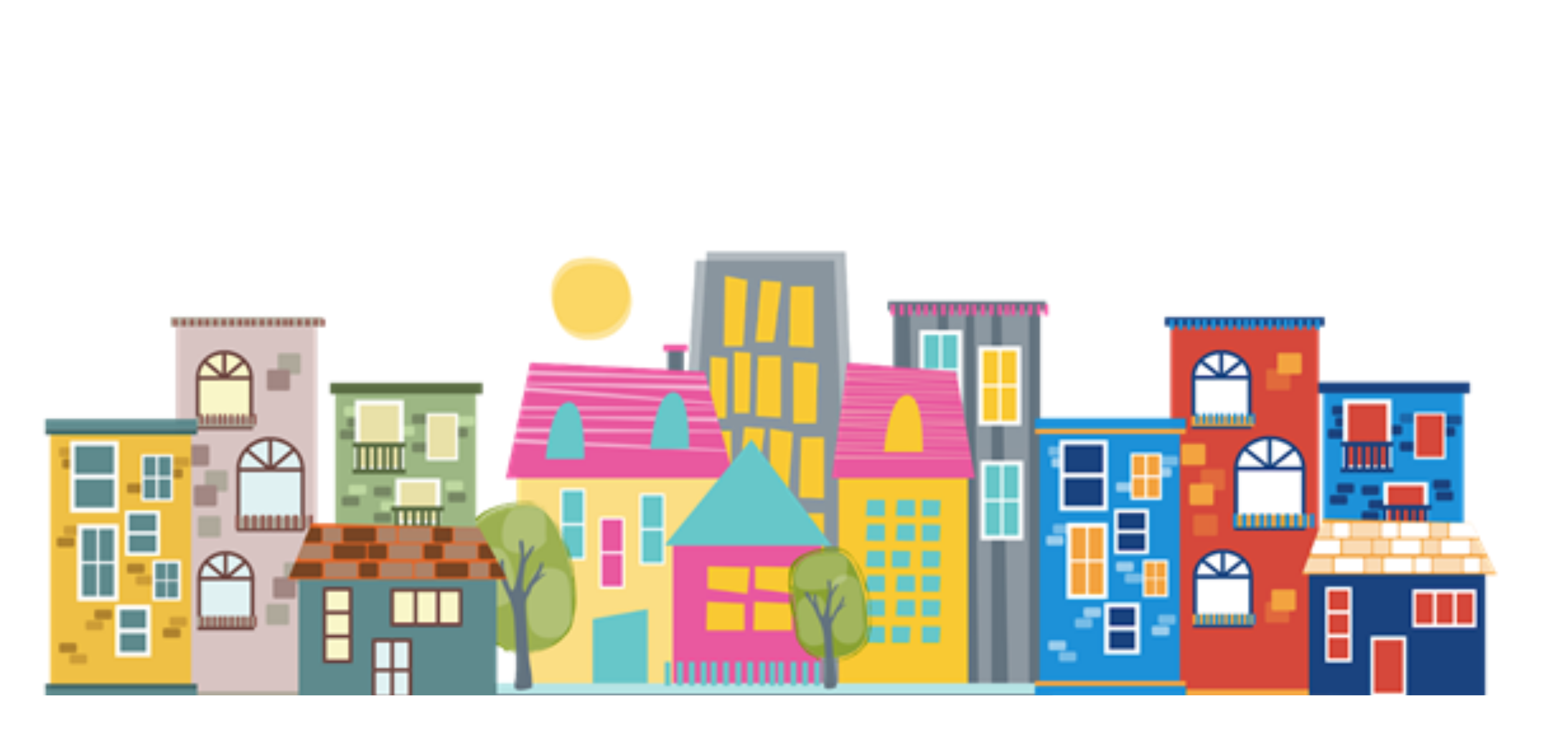
What is the Regional Housing Needs Assessment (RHNA)?
RHNA is the process to determine the number of housing units, at all income levels, that a jurisdiction is required to plan for under California law. The plan for RHNA allocation must be included in the “Housing Element” section of the local government’s General Plan, which is reviewed and approved by the California Department of Housing and Community Development.
Introduction
Cities and Counties Plan for Housing
Since 1969, in a law designed to prevent local communities from perpetuating racial segregation by zoning out affordable housing, California has attempted to compel cities and counties to plan for and encourage more housing for all incomes - including Very Low, Low, Moderate, and Above Moderate. The mechanism for this process is Regional Housing Needs Allocation (RHNA) planning. Despite the original law, and many tweaks through the years by the Legislature, progress has been disappointing because the number of allocated housing units has not been met, and until recently there have been few consequences. It is currently estimated that the state will need 1.8 million housing units by 2025, according to the California Department of Housing and Community Development, especially in the Low and Very Low-income brackets.
Currently, the state is only building 80,000 units annually, not the nearly 400,000 needed new homes each year according to the CA Senate Housing Package report (12/2020).
A very brief outline of the RHNA process would look like this:
1. The California Department of Housing and Community Development (HCD) determines what number of households need to be built within the next 8 years for specific regions. The cycle is staggered so that every year some regions are just beginning the RHNA process and others are completing the process.
2. Each regional government in California receives a letter notifying it of its regional needs to meet the determined need.
3. Each regional government determines a “fair share” for each city in the region. After much discussion, the RHNA plan is adopted.
4. Each city is supposed to update its Housing Element to reflect the new numbers.
How can local Leagues use this Toolkit?
The following Tool Kit includes an explanation of RHNA and Housing Elements of mandatory General Plans. It presents the many ways that local Leagues may become effectively involved, and the levels of participation available. It also offers examples of letters and testimony that can be offered at government meetings, books, articles and social media resources to explore and understand housing laws and issues, and public education opportunities to consider.
This RHNA/Housing Element Tool Kit is intended to help local Leagues use all levels of existing LWV positions to understand the process, take action as appropriate, and to encourage their communities to use the RHNA process to support realistic plans to house people of all economic levels.
Annotated Table of Resources
-
Use this as a primer to understand the terms used in this Toolkit, and your local planning process
-
RHNA and Housing Elements
-
What do you need to know about the RHNA/Housing Element? → Read the RHNA/Housing Element FAQs
-
What does the current process look like? → See the handouts here
-
Region-Specific Information
-
Which entities oversee your local RHNA/Housing Element Process? → see the COGs Quick Reference Guide
- Need additional details? Review CA HCD’s 6th Cycle RHNA Update Deadlines by county
How can your local League get involved?
A Note About Urging Local League Action: the League speaks with one voice and any action needs to have local League board approval. The “one voice” would be the president of the League (or someone the president designates to represent the League). This ensures consistency of the message and a level of discipline to ensure that all messaging is well vetted.
What are key issues and areas of concern where Leagues can take action?
Examples include:
-
Be a watchdog for Housing Element compliance (You can send your local insights to HCD via ComplianceReview [at] hcd.ca.gov ())
-
Data Recipes teach you how
Opportunities for Education Activities
-
Invite speakers for panels
-
Include local info in newsletters
-
Ask questions during the public input process
-
Examples of potential partners
Note: When deciding whether to partner (whether for education or advocacy events/efforts) with an organization, consider if they support/oppose candidates, or have any ties to candidates or political parties. Please be mindful of potential perceived or real conflicts of interest, and what type of relationship your League may choose to have with another organization (e.g. partnership, information sharing, or featuring different groups to illustrate multiple perspectives).
-
AARP, Sierra Club CA, ACLU, NALEO, CA YIMBY, AHLA, AAPI PA, United Way (Everyone In)
-
Opportunities for Advocacy Activities
-
Write an op-ed/letter to the editor
-
Organize members to provide input→
-
Send a local Action Alert to send letters or make phone calls to elected representatives
-
Testify at City Council, Regional Elected Bodies, and COGs
-
Examples of potential partners
-
AARP, Sierra Club CA, ACLU, NALEO, CA YIMBY, AHLA, AAPI PA, United Way (Everyone In)
-
See Sample letters for ideas for Advocacy:
-
Alameda General Plan Letter: Letter to Electeds-SmithWJ-General-Plan-2040-Comments_19Jan2021.pdf
-
LWV Orange Coast Letter: 2020-12-10 HAT Letter to Cities re Housing Elements on Letterhead (3).pdf
Other Helpful Resources:
This toolkit was prepared by:
By: Anne Omsted (LWV North Coast San Diego), Grace Peng (LWV Beach Cities), Karen Carrey (LWV Santa Monica), Leonora Camner (LWV Santa Monica), Myles Pomeroy (LWV San Diego), Natalya Zernitskaya (LWV Santa Monica), Roma Dawson (LWV San Jose-Santa Clara), Teri Neustaedter (LWV Beach Cities), William Smith (LWV Alameda City)